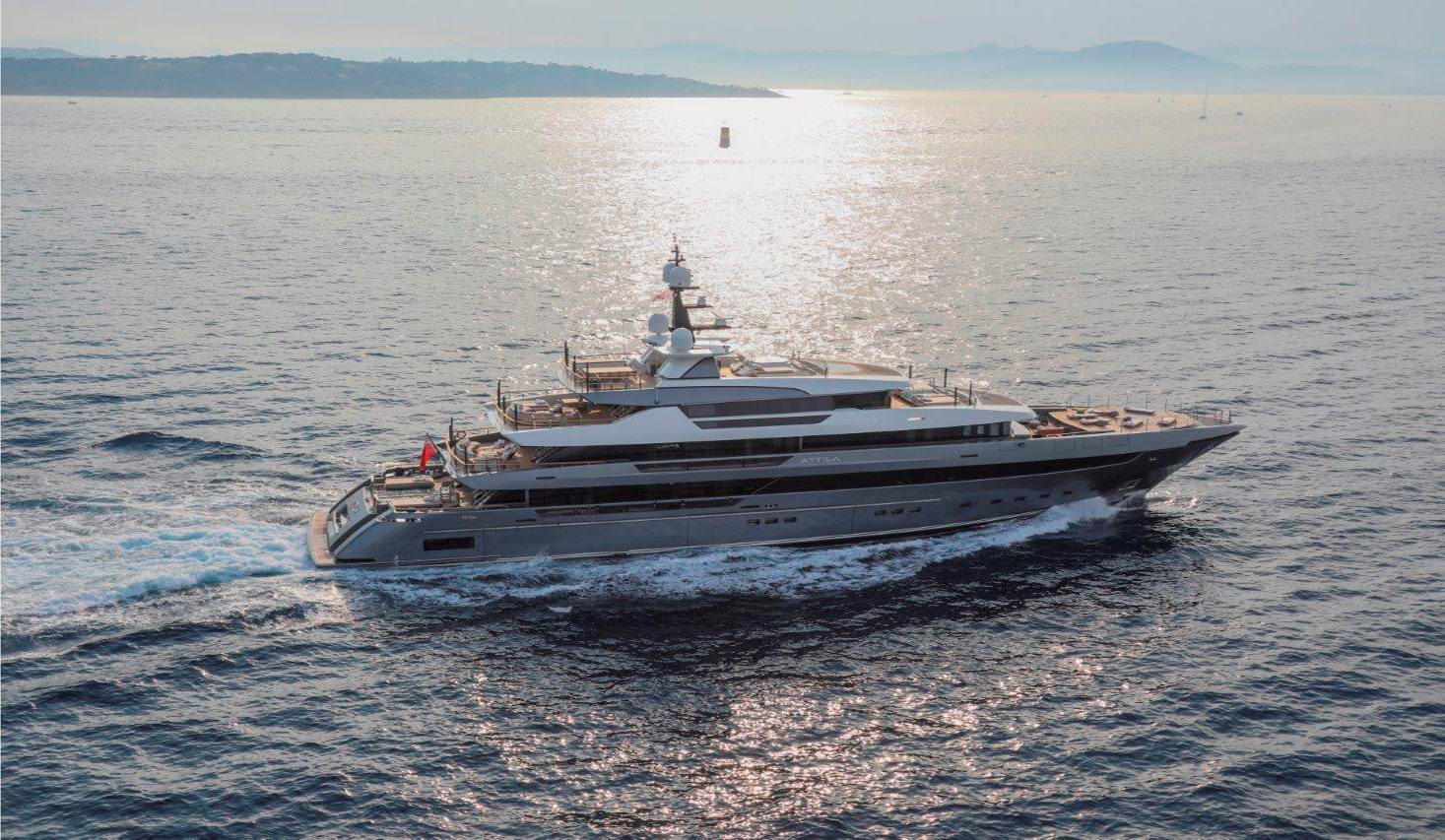


When you get to a point in your life where you’re ready to do some serious traveling, you might consider buying or renting a superyacht. One of the first things you should consider when beginning to look at your yacht options is where you’re thinking of going. All superyachts are not made the same and there are some things you’ll want to consider before settling on the right boat for you and your travel needs.
It is important to note that there isn’t a single answer to how far or to where yachts can travel. Much of the information depends on the kind of boat you want, what your goals are as far as where you want to go, and much more.
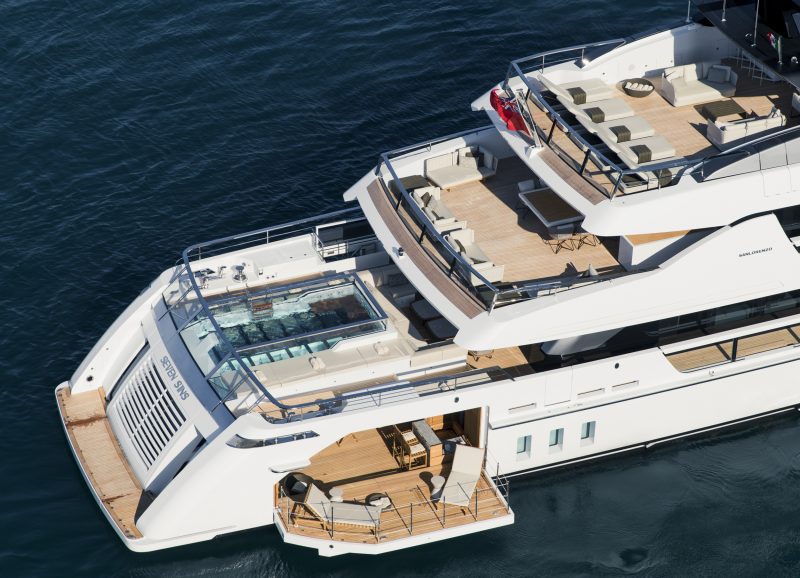
What Kind of Superyacht Is Right for You?
Most superyachts are either motoryachts or sailing yachts. They both have benefits and drawbacks to them, but once you understand the differences between the two types you can get an idea of which one is more likely to meet your needs.
If you’re considering a sailing superyacht, your entire journey anywhere in the world will have a lot to do with the way the boat is built and the conditions of the water you’re sailing through.
With a sailing yacht, the size of your vessel will more accurately dictate what kind of speed you’ll have while sailing towards your destination. And if all goes well, you have the potential to be able to sail for up to three months without having to stop!
In general sailing superyachts are made to withstand all kinds of conditions while out on the water and in theory could take you anywhere you want, harnessing the power of the wind as main propulsion.
When you travel in a power superyacht, you’re dependent on fuel to get to your destination. This means that you have to consider how far you realistically expect your yacht to go on every single tank of fuel. The size of the yacht as well as the gas tank directly impacts the kind of mileage you’ll get on the water.
Common sense would say that the larger a yacht, then the larger the fuel tank must need to be. This sometimes leads people to believe that they will be able to travel further with a larger tank of gas. A bigger boat weighs a lot more than a smaller one and the gas tank is likely to draw on more fuel.
When you’re traveling on a power yacht, always make sure that you have plenty of fuel. Many boaters like to make sure that they have at least one and a half times the fuel that is actually needed for the distance they want to travel.
Weather is also another consideration to take into account when you think about going any distance in a power superyacht. The tougher the weather conditions, the more resistance your boat is likely to encounter along the way. This can cause your boat to use much more fuel than it does on calm days, so always make sure you have a reserve ready for bad weather days.
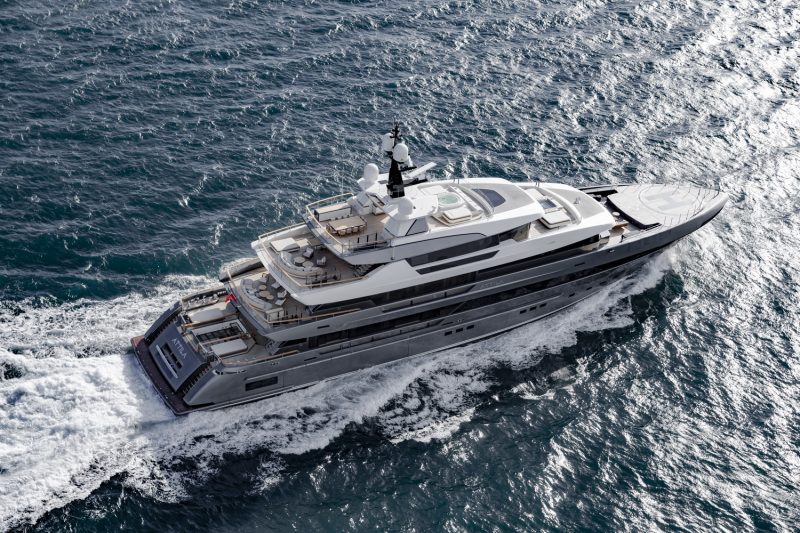
Regular Maintenance Can Equal More Distance
How far can yachts travel? Well, all of the distance estimates for both sailing and power superyachts don’t always consider all of the factors that play a crucial role in how far you might be able to travel. Some boats have full crews onboard, adding additional weight for the boat to pull. Any additional large items or equipment can add to the amount of effort the boat will need to move forward, draining more fuel and lessening how far it can travel.
To make the most out of your fuel and how far you can move each day, make sure that you don’t slack off on any maintenance needed for the boat. If your superyacht runs smoothly, it will operate more efficiently and get better distance with your fuel.
Keep records on how long the engine runs while being sure to mark when the engine was started and stopped on your journey. Also, keep in mind that the fuel efficiency and fuel burn rate change when speeding up or slowing down. This can be a valuable reference tool to learn about your engine’s function and fuel usage.
Giving Your Superyacht More Power Sources
Superyacht owners today aren’t limited to traditional fuel to power the entire boat. Many yachts come with or can install alternative sources of power to help the boat go farther, especially if the boat is reliant on fuel.
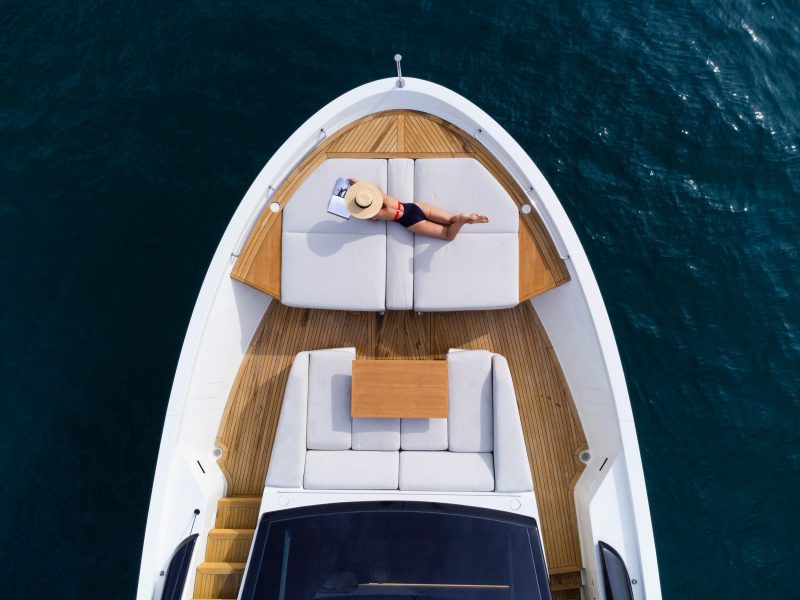
Know Your Superyacht
Did you know that yachts have their own category system? They run from A through D and help you to identify what category of yacht would be best to secure when you secure your superyacht charter for your big vacation.
You Want to Take the Ultimate Trip Across an Ocean
Planes have made traveling in short spurts of time so easy that it almost doesn’t count as an adventure anymore. Imagine chartering a superyacht to be able to take your time and cross an ocean, docking in a place you’ve never been to before. Now that sounds like an adventure.
If you’ve always dreamed of crossing the Atlantic or the Pacific Ocean in a superyacht, you’re going to want to make sure that you have a Category A yacht. These yachts are built for a journey like this and are often staffed, providing you access to people with experience and support. You’re also more likely to be comfortable on a boat with so much space and stability.
Category A yachts are also built to spend long amounts of time on the water while being able to face any challenging weather conditions. The upkeep and maintenance of these boats directly relate to how well they perform on the water. If you are chartering a superyacht to cross an ocean, it’s always a good idea to ask about the maintenance the boat has undergone in recent months. You can always ask to see a copy of their maintenance log instead.
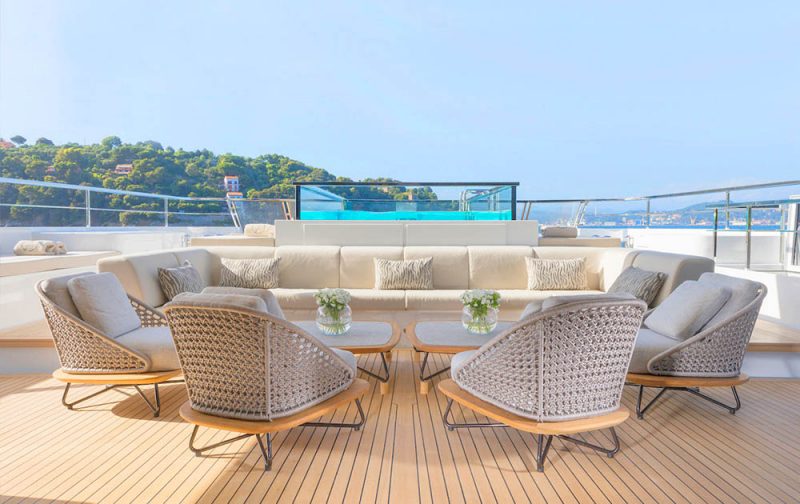
Crossing the Atlantic Ocean
To cross the Atlantic on a superyacht, you want to have a boat that has a fuel tank with a capacity to hold about 5,000 liters of fuel. This estimate is for the best fuel efficiency of just under five kilometers per gallon. While it might be tempting to go full speed ahead the entire way to your destination, you’ll burn through your fuel too quickly and risk running out while still on the water. If the yacht travels just under 5,000 kilometers at about ten knots, the trip should take about twelve and a half days.
Sailing superyachts typically take longer and the speed depends solely on wind and weather conditions throughout the journey. Even if fuel is sometimes used during bad weather, it still makes it impossible to predict how long it would take a sailing yacht to successfully cross the Atlantic Ocean.
Crossing the Pacific Ocean
The Pacific Ocean presents some challenges to anyone who is hoping to cross it on their superyacht. Make sure you know when cyclone season is over the Pacific so you can avoid some scary experiences on the open water.
Each route of travel across the Pacific Ocean dictates how long your journey will take on a superyacht. Of course the weather is also a factor, so make sure you educate yourself about possible problems brought on by mother nature. Preferred months by experienced boaters are between February and June.
Since the point of departure and arrival can vary when crossing the Pacific Ocean, it’s best to get an idea about how long it will take and what you will need from seasoned yachting enthusiasts. First-hand knowledge from someone who can show you all the ropes is a great way to make sure your trip is unforgettable in all the best ways instead of the worst.
It’s Time to Travel
Whether you’re thinking about chartering a superyacht to travel or just to enjoy being on the water, it pays to know what would be the best yacht for your needs. Get out there, charter or buy your superyacht, and get ready to have the adventure of a lifetime.
28th February 2024
2nd August 2023
26th July 2023